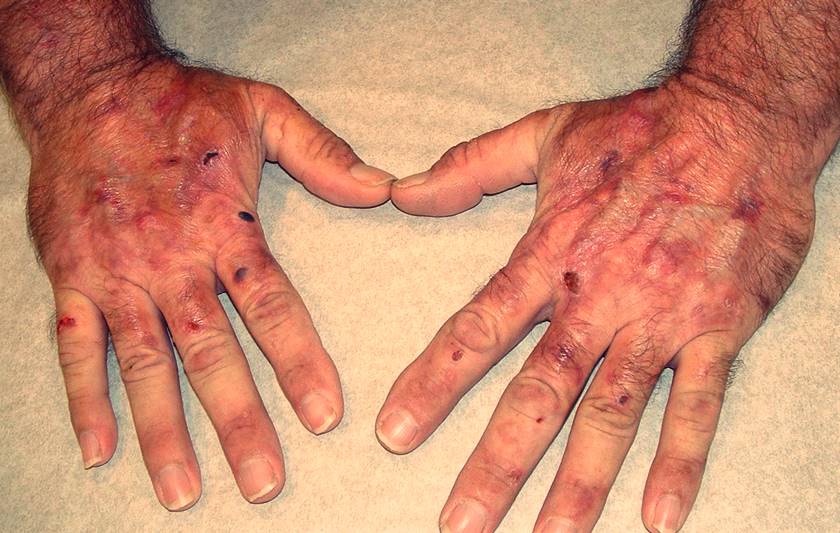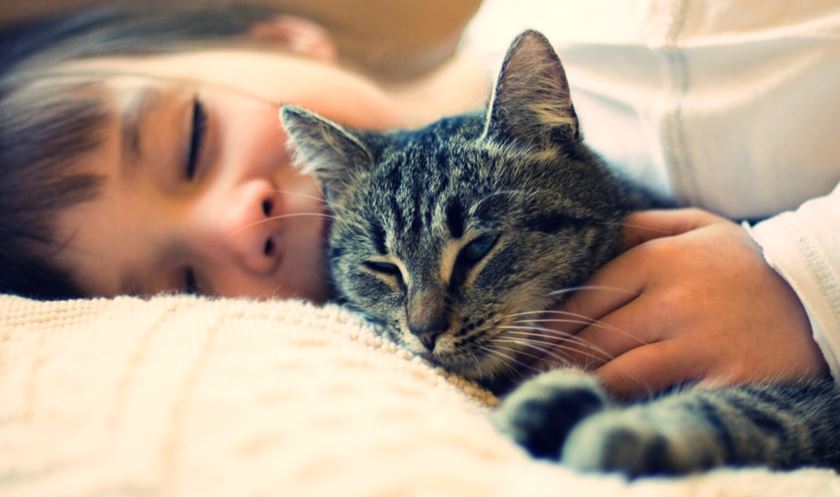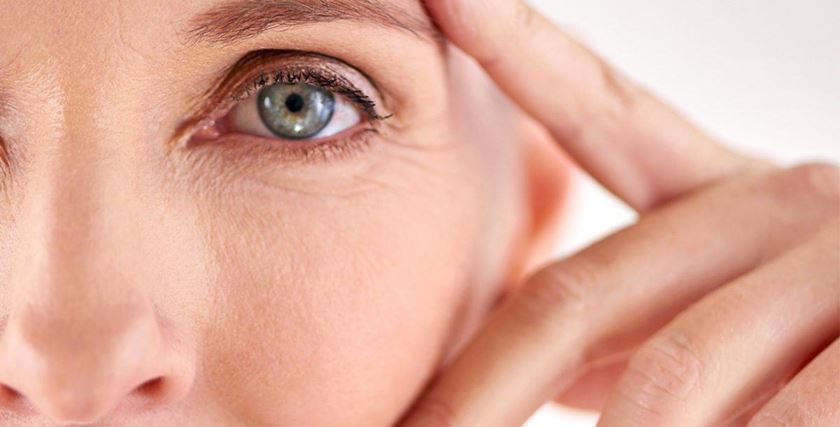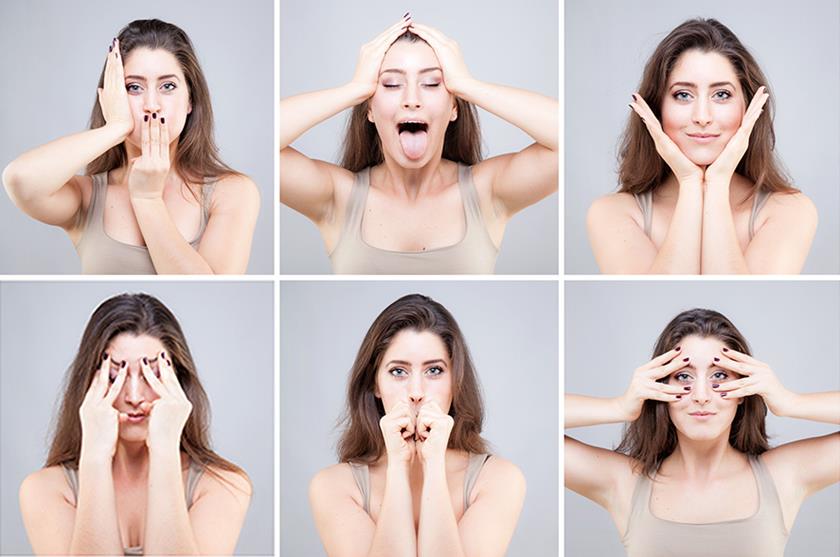
Knowledge of Photodynamic Therapy helps to understand how light damages people with porphyrias and the importance of protecting themselves from it.
One afternoon, while I was in consultation, a young patient came to see me with his father. The patient had a porphyria, a strange disease, but after chatting with them, I realized that my years of dedication to photodynamic therapy could help these patients. And this is the reason why I write this text on my blog. I hope you find it useful.
Porphyrias are rare diseases and are characterized by a exaggerated photosensitivity (sun damage).
Dermatologists have “copied” this mechanism in Photodynamic therapy (PDT) to produce phototoxicity located in tumor and momentary lesions, which, by applying an adequate light source, allows us to destroy tumors selectively and without surgery.
We achieve this photosensitization by applying creams that produce accumulation of protoporphyrin IX (PpIX) in the selected cells. PpIX is the actor in question and the substance that causes intracellular damage in patients with porphyria.
These patients suffer in their cells from alteration in the porphyrin synthesis pathway, a pathway comprising several steps, which when altered at the end of the pathway, lead to accumulation of PpIX and nearby metabolites.
This accumulation causes pain in the skin with exposure to the sun (“freezing fire in the skin”), itching, redness, blisters, edema and even loss of substance in severe forms. These symptoms can also appear with artificial lights.
What are porphyrias and why do they occur?
The porphyrias are a group of at least nine genetic metabolic disorders described in the heme synthesis pathway. Heme is half of hemoglobin, along with globin. This molecule is responsible for transporting oxygen in the blood within the red blood cell or erythrocyte.
The heme group is synthesized partly in the liver and partly in the erythrocyte, which is why porphyrias are classified, depending on the mechanism that is altered, into hepatic and erythropoietic (erythrocytes or red blood cells).
In addition there are porphyrias not genetic, acquired due to liver failure or toxicity (1). A well-known one is the taking of oral tetracyclines (antibiotics) in some very susceptible patients.
Classification of porphyrias according to the organ in which abnormal porphyrins are synthesized
- Erythrepoietic
- Congenital erythropoietic porphyria (CEP)
- Erythropoietic protoporphyria (EPP)
- Hepatic
- Preliminary cutaneous porphyria (PCT)
- Hematoerythropoietic porphyria (HEP)
- Porphyria variegata (PV)
- Hereditary coproporphyria (CPH)
- Acute intermittent porphyria (AIP)
- Porphyria due to ALA dehydratase deficiency (Pd-ALAD)
How common are porphyrias?
Porphyrias are considered rare diseases. In the United States, they impact fewer than 200,000 people.
In Europe, the prevalence of the three most common forms of porphyria, cutaneous Tarta, acute intermittent and erythropoietic, is 1 in 10,000, 1 in 20,000 and 1 in 75,000, respectively.
Congenital erythropoietic porphyria, also called Günther's disease, is extremely rare, with an incidence of approximately 1 per million inhabitants.
the Nework European porphyria , a highly recommended page if you want to delve deeper into the topic and look for porphyria specialists in Europe, estimates about 335 patients diagnosed in 3 years in 11 countries (1,2).
How does a porphyria manifest?
Photosensitivity occurs in all porphyrias except acute intermittent porphyria and ALA dehydratase deficiency porphyria. This photosensitivity manifests itself in two ways (1):
- Acute photosensitivity syndrome: This is pain, burning sensation and itching with sun exposure. Then redness and edema of the skin appear, like a disproportionate sunburn. This image is due to the accumulation of PpIX in the cells.
- Skin fragility syndrome: It is not so acute, it is latent, and it is the appearance of erosions, blisters and cysts on the skin with minimal trauma or sun exposure.
Is there a common mechanism in porphyrias and photodynamic therapy?
Yes it exists. In a study made public in 2016 on neuron cultures, they discovered that the common mechanism is through ion channels (TRPA1 and TRPV1) that produce cellular damage through the activation of PpIX with ultraviolet and blue light (3).
They thus suggest the therapeutic opportunity of using medications that block these channels to prevent pain from sun exposure and skin damage
How is porphyria diagnosed?
The diagnosis is made under suspicion of symptom of the patient and determination of porphyrins in blood, urine or feces.
PpIX fluoresces when it accumulates in cells, and if we illuminate with a wood light or black light, widely used for diagnosis in dermatology, patients' teeth are fluorescent red (erythrodontics).
This is exactly the method we use to confirm that PpIX has accumulated in the cells we want when we do Photodynamic Therapy and we call it: “Fluorescence Diagnostics” (4). See next image:

This image shows a basal cell epithelioma and how after inducing protoporphyrin IX inside, when illuminated with Wood's light, red-pink fluorescence can be seen due to its accumulation.
How can PpIX activation and porphyrin skin damage be avoided?
To understand it better I explain it in the following image:

The top part shows the spectrum of electromagnetic radiation, where we can see as the wavelength increases:
A) Ultraviolet light
Which damages the skin and produces cancerous and precancerous lesions. It's divided in:
1. Ultraviolet A (UVA): the one that makes us brown. 400 to 315 nanometers (nm)
two. Ultraviolet B (UVB): the one that burns us and more related to skin cancer. From 315 to 280 nm.
3. Ultraviolet C (UVC): 280 to 100 nm. It is not good either, but due to its wavelength it reaches the ground little and penetrates the skin little.
B) Visible spectrum
What we see, the colors. It's a variety.
1. blue: 380 to 427 nm.
two. Green: from 497 to 570 nm.
3. Yellow: 570 to 580nm.
Four. Red: From 600 to 780 nm.
C) Infrared
1. Above 800 nm, it no longer acts as a source of photostimulant.
Below is the absorption spectrum of protoporphyrin IX (PpIX), which is divided into:
A) Soret Band
The most toxic, because it is the highest on the graph. In the ultraviolet range.
B) Four Q bands
Less toxic, ranging from blue to red.
When does light cause the most damage in people with porphyrias?
The damage that porphyrin causes to the skin when exposed to the sun occurs mainly when the PpIX matches (5,6):
- The ultraviolet range and the blue range: is the most toxic (around 400-420 nm)
- Red light: 600-630nm: Why else is he in a less toxic band? Because the longer the wavelength, the greater the penetration into the skin. Red light penetrates 1 to 2 mm into the skin and thus does more damage than green or yellow light when there is a buildup of ppIX.
Conclusions: importance of protection against sunlight and other sources
The last line shows how Sunscreens blocking the electromagnetic spectrum. With this we now reach the two main conclusions of how NOT to activate PpIX:
TO) You should use a physical-chemical sunscreen (most on the market) or pure physical, protects from the entire spectrum. It is essential to verify that we are not using a chemical-only filter.
B) Other light sources can promote the PpIX, with lower intensity but reminiscent of LED lights (television, lamps), the light that passes through the window (mostly UVA) or other light exposures. They are mild, but added together they can activate PpIX.
I hope I have not been too technical and have reached the readers. I understand that knowledge of the mechanism is essential, since in general dermatologists insist on protection against ultraviolet rays, but in the case of porphyrias it is somewhat more complicated.
References
1 Ramanujam V. Diagnosis of porphyria-Part 1: A brief description of the porphyrias. Protocols Curr Hum Genet 2015; 86: 1-26.
3 Babes et al. Photosensitization in porphyrias and photodynamic therapy involves TRPA1 and TRPV1. J Neurscience 2016; 36: 5264-5278.
4 Fernández-Guarino M. Retrospective, descriptive, observational study of the treatment of various actinic keratoses with topical methyl aminolevulinate and red light: results in clinical practice and correlation with fluorescence imaging. Actas Dermosifiliogr 2008; 10: 779-787.
5 Heerfort IM. Noninvasively measured skin protoporphyrin IX predicts photosensitivity in patients with erythropoietic protoporphyria. BJ Dermatol 2016; 175: 1284-1289.
6 Teramura T. Prevention of photosensitivity with protection adapted to the spectrum of action for erythropoietic protoporphyria. J Dermatol 2018; 45: 145-149.








